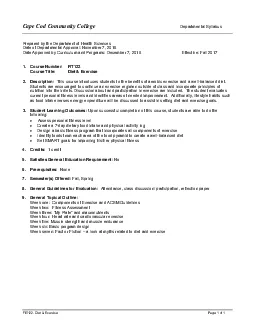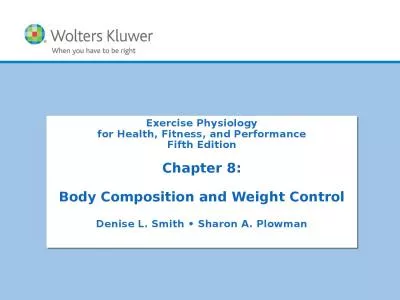PPT-Exercise, Diet, and Weight control
Author : phoebe-click | Published Date : 2019-12-29
Exercise Diet and Weight control https wwwyoutubecomwatchv5hqTXwZldBA Is this what we are all becoming To the best of my knowledge there were no animals harmed
Presentation Embed Code
Download Presentation
Download Presentation The PPT/PDF document "Exercise, Diet, and Weight control" is the property of its rightful owner. Permission is granted to download and print the materials on this website for personal, non-commercial use only, and to display it on your personal computer provided you do not modify the materials and that you retain all copyright notices contained in the materials. By downloading content from our website, you accept the terms of this agreement.
Exercise, Diet, and Weight control: Transcript
Download Rules Of Document
"Exercise, Diet, and Weight control"The content belongs to its owner. You may download and print it for personal use, without modification, and keep all copyright notices. By downloading, you agree to these terms.
Related Documents

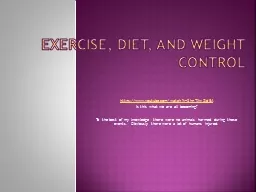

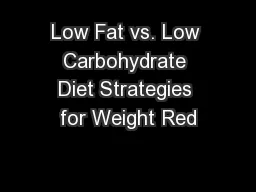
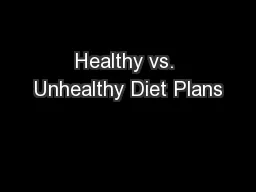
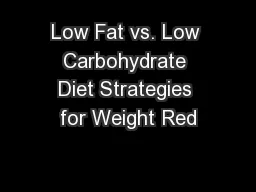
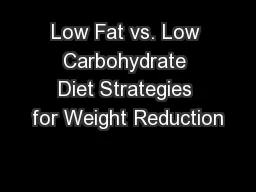
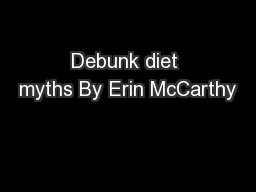


![[DOWNLOAD] Paleo diet: Paleo Diet Plan for Begginers (Paleo diet for beginners, Paleo](https://thumbs.docslides.com/882090/download-paleo-diet-paleo-diet-plan-for-begginers-paleo-diet-for-beginners-paleo-diet-recipes-paleo-diet-cookbook-paleo-plan.jpg)
